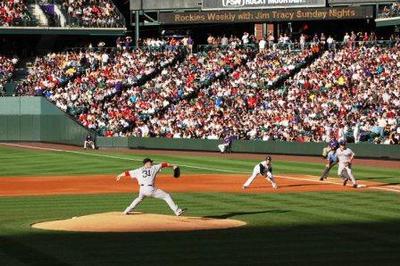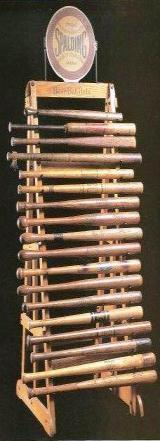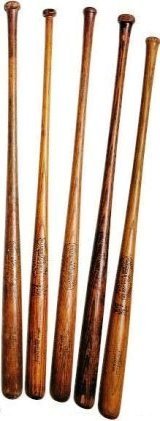Pitcher has a runner on first and no one at second. Pitcher notices runner is stealing second. Can he throw to second to make a play on the runner?
by Dave
(Tyner, NC, USA)

Dave asked: Pitcher has a runner on first and no one at second.
Pitcher notices the runner is stealing second. Can he throw to second to make the play on the runner?
Throwing to an unoccupied base.
Rick answered: Dave, thank you for your question.
He can. What he needs to do is dependant on where he is at in his pitching sequence.
If the pitcher is on the mound; but has yet to step onto the pitcher's plate, he can simply turn and make the throw to second.
If he is in contact with the pitcher's plate, looking for his sign from the catcher, he can throw to second also; but he must clearly step back off the plate with his pivot foot. By stepping back he immediately becomes an infielder and is able to throw to second base.
The rule for this situation is 6-1 Art3...For the set position, the pitcher shall have the ball in either his gloved hand or his pitching hand. His pitching hand shall be down at his side or behind his back.
Before starting his delivery, he shall stand with his entire non-pivot foot in front of a line extending through the front edge of the pitcher's plate and with his entire pivot foot in contact with or directly in front of the pitcher's plate. He shall go to the set position without interruption and in one continuous motion. He shall come to a complete and discernable stop (a change of direction is not considered an acceptable stop) with the ball in both hands in front of the body and his glove at or below his chin. Natural preliminary motions such as only one stretch may be made.
During these preliminary motions and during the set position until a delivery motion occurs, the pitcher may turn on his pivot foot or lift it in a jump turn to step with the non-pivot foot toward a base while throwing or feinting as outlined in 6-2-4 and 2-28-5, or he may lift his pivot foot in a step backward off the pitcher's plate which must be partially within the 24 inch length of the pitcher's plate.
In order to change the wind-up position, he must first step clearly backward off the pitcher's plate with his pivot foot first. After the pitcher has placed his pivot foot on the ground clearly behind the plate, he then has the right to throw or feint to a base the same as that of any other infielder.
Clearly stepping back off the pitcher's plate is the essential key.
Yours in baseball,
Rick
|





